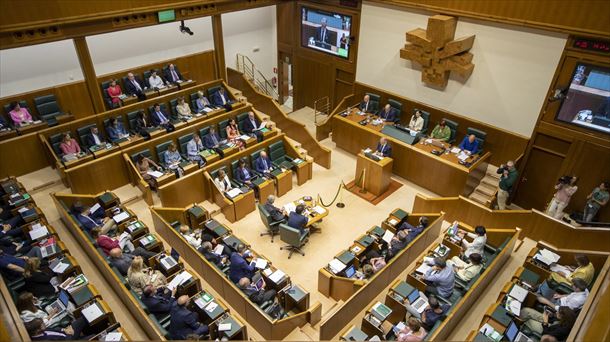The negotiations regarding financial equalization (FAG) are taking a long time: on Thursday there was another round of meetings at which the federal government was also held responsible. Deputy State Governor Gaby Schaunig (SPÖ) then says: “It is a minimal compromise.”
What’s happened so far: At the beginning of October, the federal and state governments agreed in principle that the latter would receive a total of 2.4 billion euros extra per year. This includes: the future fund with 1.1 billion euros, which will flow to the areas of childcare, primary education, housing and climate and environment.
Details have hardly been discussed so far, which is why a new meeting between the finance officials of the Länder and Finance Minister Magnus Brunner (ÖVP) was agreed at the beginning of November at the conference of state governors. This took place on Thursday. And was fundamentally successful – albeit with some critical points: “I think we were able to achieve a good result for everyone,” says Gaby Schaunig (SPÖ), Carinthia’s financial officer, to the “Krone”.
Various FAG pots have been negotiated in recent weeks and months; Thursday’s meeting was only about how the additional resources should be distributed among the countries. Of the total 300 million euros according to Article 24 FAG, 193.14 million goes to the states – as fixed amounts. Carinthia will receive 11.3 million euros, an increase from nine so far. Overall, you could say that our state is doing well.
The resources for the healthcare sector are distributed according to population: Carinthia receives 13.1 million euros. In the field of health care, the previous distribution key ‘which takes many components into account’ applies: Carinthia is allocated 40.2 million euros, a considerable value that is above the population key.
Money for the states, obligations for the federal government
The future fund will also be distributed according to population: Carinthia will receive 68.85 million euros. But according to Schaunig, an open question mark remains: ‘The exact allocation of the amounts to areas of the future fund must first be negotiated.’ On Thursday it was unanimously decided that ‘it cannot only be about state goals, but about the federal government. must also achieve its objectives.”
Teachers and doctors serve as examples: “It is mainly about creating sufficient training places in the field of primary education and filling the legal doctor positions in health insurance,” Schaunig explains. “We need a legal basis” to enable states to achieve their goals.
What does that ultimately mean? “The feeling of happiness about the FAG is limited,” says Schaunig, because: “There is a very fair relationship between the states and the cooperation is really exceptionally good, but as far as the federal government is concerned, that is minimal compromise! A first intermediate step towards redistribution.”
This will also be the case by 2027/2028 at the latest: “At the next FAG there must be a change in the distribution key in favor of the states and municipalities.” What will also no longer exist: changes in the tax system that do not apply to the states must be agreed in advance, but at the expense of their financial costs. “The Financial Equalization Act needs to be changed so that this can be compensated for. This means that the federal government must compensate the states for the corresponding loss of revenue,” Schaunig emphasizes, referring to the announced suspension of the sales tax on photovoltaic systems, which means a loss of revenue of more than 200 million euros for states and municipalities.
Source: Krone
I am Ida Scott, a journalist and content author with a passion for uncovering the truth. I have been writing professionally for Today Times Live since 2020 and specialize in political news. My career began when I was just 17; I had already developed a knack for research and an eye for detail which made me stand out from my peers.



